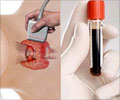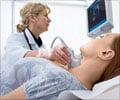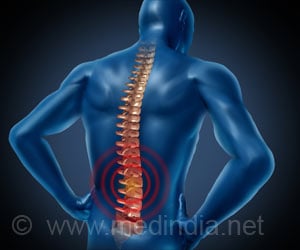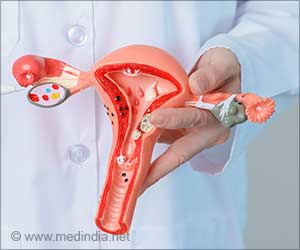January is Thyroid Awareness Month, a time dedicated to spreading awareness about thyroid risk factors, diagnosis, and treatment.
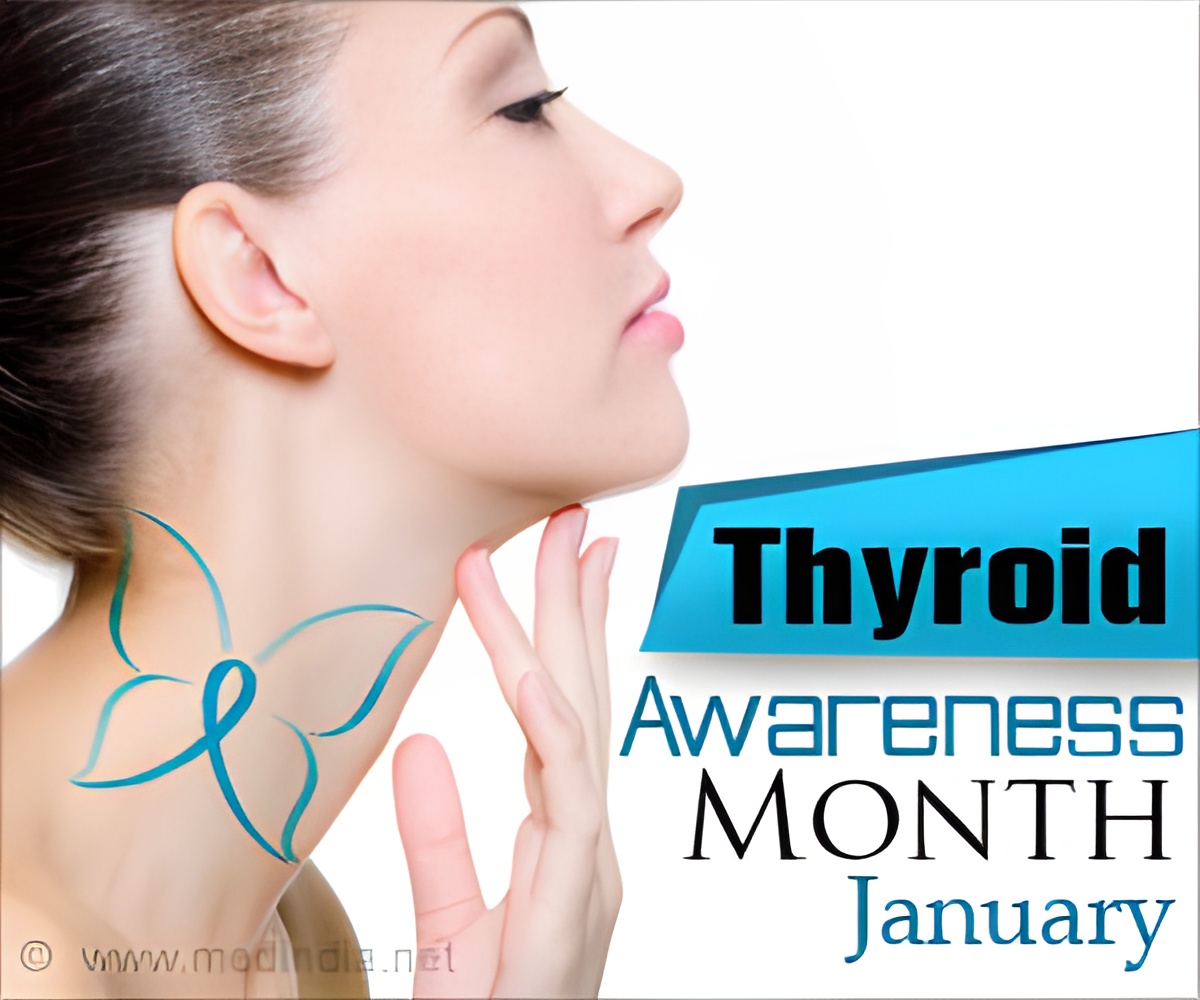
Thyroid disease affects around 200 million people worldwide, and if left untreated it can cause conditions such constant fatigue, muscle weakness, tremors, and depression. Its symptoms include fatigue, sleep disorders, weight changes, depression, low sex drive, hair loss, diarrhea and constipation.
"The thyroid is responsible for producing hormones that help the body regulate its metabolism. When not working properly it can cause the body's system to speed up (hyperthyroidism) or slow down (hypothyroidism). Furthermore, although the vast majority of thyroid nodules are benign, some can be cancerous and require examination and workup," says Marita Teng, MD, Associate Professor of Otolaryngology, Icahn School of Medicine at Mount Sinai, Head and Neck Institute at Mount Sinai.
Even home-testing your neck can help you identify lumps that may point to thyroid conditions. Because many signs of thyroid imbalance may be hard to recognize and can mimic other conditions, the best practice to know for sure is to discuss with your doctor the role of TSH (thyroid-stimulating hormone) testing. TSH test is an easy blood test that measures whether your thyroid gland is functioning normally.
Neck Check Self-exam
You can potentially identify a thyroid disease early by following these simple steps.- Stand in front of a mirror
- Stretch your neck back
- Swallow water
- Look for enlargement in your neck
- Feel the area to confirm enlargement
- If any abnormality is detected, see a doctor
Get the Right Blood Tests
Most endocrinologists and physicians rely on the TSH test in the diagnosis of thyroid disease. But keep in mind, the "typical" average range, which is between 0.5 and 5.5, is controversial. Many doctors believe that levels above 2.5 are evidence of a thyroid condition. However, millions of people fall into the limbo between 2.5 and 5.5, where clinicians wrongly claim they are ‘normal.' If you feel sick, and your TSH is in ‘limbo' and get another opinion. Also, remember that endocrinologist don't just rely on TSH, they test Free T4, Free T3 to get a complete idea of thyroid function.Thorough Clinical Thyroid Examination
Blood tests are only a part of the equation. The challenging part of the diagnosis comes in the clinical thyroid exam. During a thorough thyroid exam, the doctor:- Palpate (examine by touch) your neck for thyroid abnormalities
- Test your reflexes
- Check your blood pressure and heart rate
- Measure body temperature
- Measure your weight, and discuss changes
- Check your face for puffiness and eyebrow loss
- Examine your eyes to identify thyroid-related signs
- Discuss changes in the quality/quantity of your hair
- Examine your skin, for hives and lesions
- Note any tremor, shakiness, slowness in movement
- Note slowness in speech and hoarseness of voice
- Examine swelling of hands/feet
- Review your family history of thyroid and autoimmune disease
- Listen attentively to your medical history, and your signs and symptoms
References:
1. http://www.thyroid.org/patient-thyroid-information/2. https://www.nlm.nih.gov/medlineplus/thyroiddiseases.html
Source-Medindia

